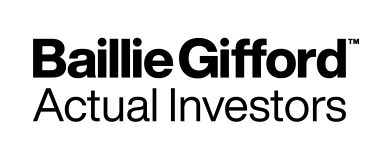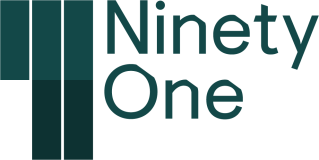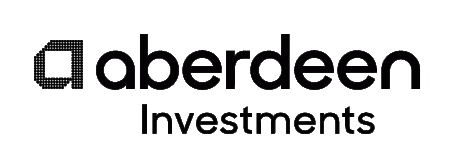The murmurs about stagflation are becoming increasingly insistent. The unwelcome trio of high inflation, weak growth and high unemployment would be a tough environment for investors. Is it likely today? And how might investors protect themselves?
Stagflation occurs when economic growth slows, unemployment increases and inflation rises. It creates a perilous cycle, where higher inflation slows consumer spending, which in turn depresses company earnings, which leads to increases in unemployment. It has generally been horrible for stock markets and can be difficult for policymakers to resolve.
It is rare, however. In the UK, it happened in the 1970s, but hasn’t happened since. The US and Europe have only ever seen stagflation sporadically. The worry is Japan, where stagflation became embedded and has been a persistent feature of its economy for decades.
Is it likely today?
To judge whether it is likely today, investors need to look at both sides of the coin – inflation and growth. Certainly, inflation has been running higher. In the US, it has remained above 5% since May. In the UK, it is running at around 3%. There are clear signs of continued inflationary pressures. There have been significant rises in energy costs, while wage increases have become a necessity as companies struggle to fill low-skilled positions.
Central banks continue to insist that these inflationary pressures are temporary, a short-term response to supply chain problems as the world emerges from the pandemic. The hope is that pressures will ease once those supply problems are resolved. The risk is that a transitory supply shock morphs into an inflationary scenario because people start to anticipate higher inflation and demand higher wages.
However, there are still plenty of disinflationary forces in the global economy. These include huge and increasing government debt levels, an ageing population and renewed globalisation. Some commodity prices are already showing signs of slowing. Copper, iron ore and lumber prices have dropped; agricultural prices have also been lower. This has largely been driven by weakness in China.
The growth problem
After a rapid acceleration of growth in the early part of 2021, as the vaccine worked its magic and economies reopened, momentum has been lost. The UK economy continues to disappoint, with retail sales a particular weak spot. Goldman Sachs recent cut its projections for the US economy to 5.6% for 2021 and 4% for 2022, because of the delay in fiscal support and weak consumer spending. China is also slowing, with retail sales rising 2.5% year on year in August, against expectations of a 7% rise. The Evergrande crisis continues to be disruptive. There are plenty of signs that global growth has peaked.
However, low growth doesn’t necessarily mean stagflation. Central banks have grown more adept in dealing with these crises and are likely to act to prevent stagflation. The global consumer still has some firepower, with plenty of people still sitting on savings. It may be that they are waiting until the outlook appears more certain before they start to spend. With the virus still a significant risk, that may not happen immediately.
David Miller, executive director at Quilter Cheviot, points out that there have been similar periods of low growth and higher prices in 2002/03, 2006/08, 2010/11 and 2015/18: “All ended without a stagflation crisis, just other problems.”
Where is the protection?
If investors are worried about stagflation, how can they protect their portfolios? Most strategists recommend ‘real assets’ – infrastructure, precious metals, commodities, natural resources, land. These tend to offer some protection against rising prices and capital values are often resilient. Growth assets, in contrast, tend to struggle.
Stagflation remains an outside risk for the global economy, though there could be pockets of it in vulnerable countries. The UK may be one of those countries given the distorting impact of Brexit. It is enough of a risk for investors to take some precautions in their portfolio.









